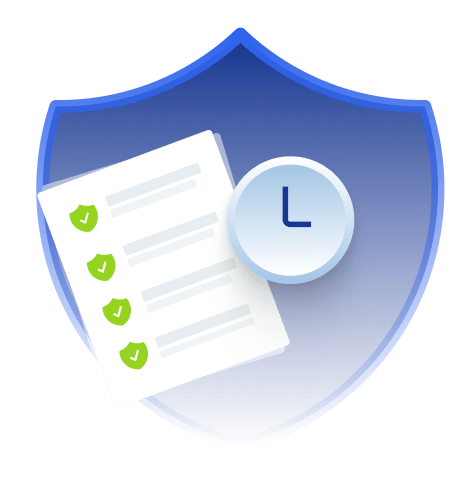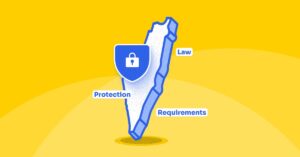Introduction
Privacy risk quantification is the process of measuring the potential impact of privacy breaches on an organization’s operations, reputation, and financial stability. Unlike traditional qualitative risk assessments, privacy risk quantification assigns numerical values to potential risks, allowing organizations to prioritize and allocate resources effectively. This approach enhances an organization’s risk management framework and aligns privacy risks with broader business objectives and regulatory requirements. With the increasing complexity of cyber risks and the digital transformation of businesses, privacy risk quantification has become an essential component of a robust risk management strategy.
Importance of Privacy Risk Quantification in Risk Management
In the broader context of risk management, privacy risk quantification serves as a critical tool for managing operational risk. By quantifying risks, organizations can better understand the potential consequences of privacy breaches and develop targeted risk mitigation strategies. This process helps identify residual risks, which are risks that remain even after implementing security measures. Quantifying these risks enables organizations to make informed decisions about investing in additional security controls or purchasing cyber insurance coverage.
Moreover, privacy risk quantification aids in effectively communicating risks to business leaders, including C-suite executives, by translating technical risks into financial terms. This common language facilitates discussions on the monetary value of risks and helps in securing the necessary investments in cybersecurity measures.
Key Concepts in Privacy Risk Quantification

Risk Management Framework
A risk management framework (RMF) provides the structure for integrating privacy risk quantification into an organization’s broader risk management strategies. The RMF outlines the processes for risk identification, assessment, and mitigation, ensuring that privacy risks are managed alongside other operational risks. This comprehensive approach helps organizations maintain a balanced risk profile, where privacy risks are considered in conjunction with other critical risks, such as cyber risks and financial risks.
Cyber Risk Exposure and Its Relevance
Cyber risk exposure refers to the potential vulnerability of an organization to cyber threats, such as data breaches or cyber-attacks. Understanding cyber risk exposure is crucial for quantifying privacy risks, as it helps in identifying the potential attack vectors and the associated risks. By assessing cyber risk exposure, organizations can determine the probable frequency and impact of privacy-related risk events. This assessment is vital for developing effective risk mitigation strategies and ensuring enough cyber insurance coverage.
Factor Analysis of Information Risk (FAIR) Model
The FAIR model is a widely used framework for quantifying privacy and cybersecurity risks. It provides a systematic approach to analyzing risk by breaking down complex risk scenarios into smaller components, such as threat frequency and vulnerability. By using the FAIR model, organizations can assign numerical values to risks based on historical data, quantitative data, and probable frequency of risk events. This model is particularly useful in risk classification and developing a clear risk profile, which aids in decision-making processes related to security investments and risk reduction.
Best Practices in Privacy Risk Quantification
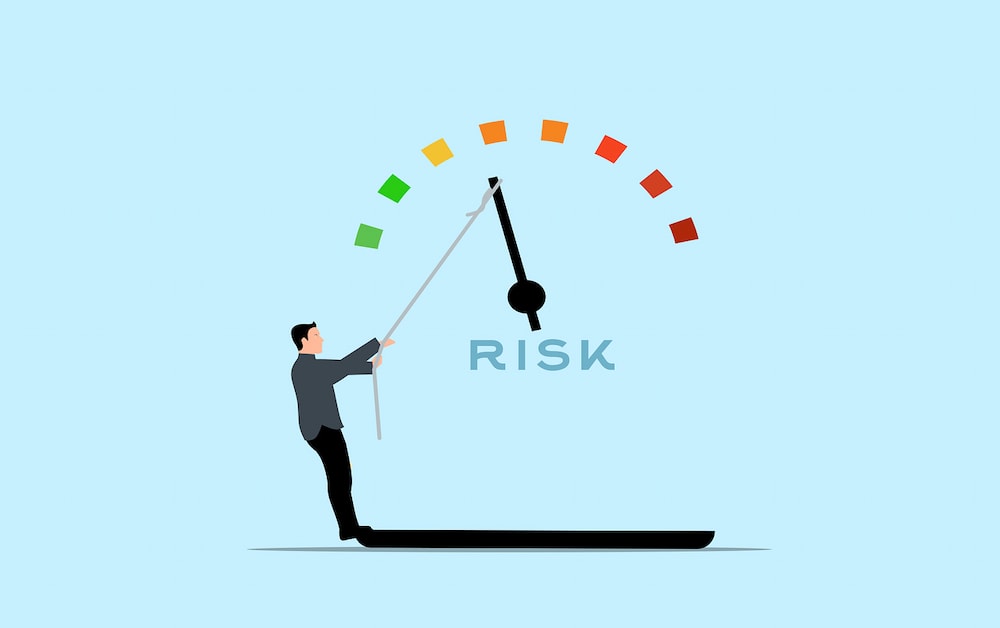
Integrating Privacy Risk into the Risk Management Process
To ensure that privacy risks are adequately managed, it is essential to integrate privacy risk quantification into the overall risk management process. This involves incorporating privacy risk assessments into regular risk monitoring and updating the risk management framework to reflect changes in the threat landscape. By doing so, organizations can maintain a proactive approach to managing privacy risks and ensure that these risks are aligned with the organization’s business objectives and regulatory requirements.
Conducting Regular Risk Assessments
Regular risk assessments are crucial for identifying new privacy risks and evaluating the effectiveness of existing security measures. These assessments should include both qualitative assessments and quantitative data analysis to provide a comprehensive view of the organization’s risk exposure. By regularly reviewing risk scenarios and updating the risk matrices, organizations can ensure that their privacy risk management strategies remain relevant and effective in addressing emerging threats.
Using Monte Carlo Simulation for Risk Analysis
Monte Carlo simulation is a powerful tool for quantifying privacy risks by simulating a wide range of possible outcomes based on historical data and known variables. This method allows organizations to model the potential financial impact of privacy breaches and determine the likelihood of different risk events occurring. By using Monte Carlo simulation, organizations can better understand the range of potential risks and develop more effective risk mitigation strategies.
Aligning Risk Quantification with Business Objectives
For privacy risk quantification to be effective, it must be aligned with the organization’s business objectives. This alignment ensures that privacy risks are prioritized based on their potential impact on the organization’s critical assets and business operations. By quantifying risks in financial terms, organizations can make informed decisions about where to allocate resources and how to balance privacy risks with other operational risks.
Leveraging Security Ratings and Security Controls
Security ratings and controls play a crucial role in privacy risk quantification. By evaluating the effectiveness of existing security measures, organizations can identify gaps in their security posture and prioritize areas for improvement. Additionally, security ratings provide a benchmark for comparing an organization’s privacy risks against industry standards, helping to ensure that the organization meets regulatory requirements and maintains a strong security profile.
Engaging Security Teams and Professionals
Security teams and professionals are essential in the privacy risk quantification process. These experts bring valuable insights into the potential threats and vulnerabilities that could impact the organization’s privacy. By involving security professionals in the risk quantification process, organizations can ensure that their risk assessments are accurate and comprehensive. Moreover, security teams can help in implementing and monitoring the effectiveness of risk mitigation strategies, ensuring that privacy risks are managed effectively.
Communicating Risks to Business Leaders
One of the challenges in privacy risk quantification is effectively communicating the risks to business leaders. To bridge the gap between technical risks and business decision-making, it is important to translate privacy risks into financial terms that resonate with business leaders. By presenting the risks in a common language, such as dollar value or potential financial impact, organizations can secure the necessary investments in privacy and cybersecurity measures. This approach also helps ensure that business leaders are aware of the potential consequences of privacy breaches and are committed to supporting risk reduction efforts.
Timing of Privacy Risk Quantification

When to Quantify Privacy Risks
Timing is a critical factor in privacy risk quantification. Ideally, privacy risks should be quantified at the outset of any major project or digital transformation initiative. This proactive approach ensures that privacy risks are identified and managed before they can escalate into significant issues. Additionally, organizations should quantify privacy risks whenever there are changes in the regulatory environment, such as the introduction of new data protection laws or updates to existing regulations. Regularly quantifying privacy risks helps organizations stay ahead of potential threats and ensures that their risk management strategies remain effective.
The Role of Digital Transformation in Risk Quantification
Digital transformation initiatives often introduce new privacy risks, making it essential to quantify these risks early in the process. As organizations adopt new technologies and expand their digital footprint, the attack surfaces for privacy breaches increase. By quantifying the risks associated with digital transformation, organizations can develop targeted risk mitigation strategies and ensure that they have enough cyber insurance coverage to protect against potential data breaches. Moreover, quantifying risks during digital transformation helps organizations align their privacy risk management strategies with their overall business objectives.
Ongoing Risk Monitoring and Adjustments
Privacy risk quantification is not a one-time activity but an ongoing process that requires regular monitoring and adjustments. As the threat landscape evolves, organizations must continuously reassess their privacy risks and update their risk management strategies accordingly. This ongoing monitoring ensures that organizations are prepared to respond to new threats and that their privacy risk management efforts remain aligned with their business objectives. By regularly reviewing their risk profile and making necessary adjustments, organizations can maintain a proactive approach to managing privacy risks.
Quantifying Cyber Risk: A Critical Component of Privacy Risk Management

The Intersection of Cyber Risk and Privacy Risk
Cyber risk quantification is closely related to privacy risk quantification, as both involve assessing the potential impact of cyber threats on an organization’s operations and assets. Cyber risks, such as data breaches and cyber-attacks, can have significant privacy implications, making it essential to quantify these risks as part of the overall privacy risk management strategy. By quantifying cyber risks, organizations can better understand the potential consequences of privacy breaches and develop more effective risk mitigation strategies.
Factor Analysis of Cyber Risks
Similar to privacy risk quantification, factor analysis is a critical tool for quantifying cyber risks. This process involves breaking down complex cyber risk scenarios into smaller components, such as threat frequency, vulnerability, and potential impact. By analyzing these factors, organizations can assign numerical values to cyber risks and develop a clear risk profile. This quantitative approach to cyber risk assessment helps organizations prioritize their cybersecurity efforts and allocate resources effectively.
Measuring the Financial Impact of Cyber Risks
One key benefit of cyber risk quantification is the ability to measure the financial impact of cyber risks. By assigning a monetary value to potential cyber threats, organizations can better understand the potential financial consequences of cyber-attacks and data breaches. This financial analysis is crucial for securing investments in cybersecurity measures and ensuring that the organization has enough cyber insurance coverage to protect against potential losses.
Challenges in Privacy Risk Quantification

The Complexity of Quantifying Privacy Risks
Quantifying privacy risks is a complex process that requires a deep understanding of the organization’s operations, regulatory requirements, and potential threats. One challenge in this process is collecting and analyzing the necessary data to accurately quantify risks. Organizations must gather historical data, conduct thorough risk assessments, and use advanced modeling techniques, such as Monte Carlo simulation, to quantify privacy risks accurately. Additionally, organizations must consider the potential impact of privacy breaches on their reputation, customer trust, and compliance with regulatory requirements.
Balancing Quantitative and Qualitative Assessments
While quantitative assessments provide valuable insights into privacy risks, they must be balanced with qualitative assessments to ensure a comprehensive understanding of the risks. Qualitative assessments involve evaluating the potential consequences of privacy breaches based on expert judgment and scenario analysis. By combining quantitative and qualitative assessments, organizations can develop a more holistic view of their privacy risks and ensure that their risk management strategies effectively address the financial and non-financial impacts of privacy breaches.
The Role of Regulatory Requirements in Privacy Risk Quantification

Aligning Risk Quantification with Regulatory Requirements
Privacy risk quantification must align with the regulatory requirements that govern the organization’s industry. Different industries are subject to various data protection laws and regulations, such as the General Data Protection GDPR) in Europe or the Health Insurance Portability and Accountability Act (HIPAA) in the United States. These regulations often require organizations to implement specific privacy controls and conduct regular risk assessments. By aligning privacy risk quantification with regulatory requirements, organizations can ensure compliance and avoid potential penalties for non-compliance.
The Impact of Regulatory Changes on Privacy Risk Quantification
Regulatory changes can significantly impact privacy risk quantification efforts. When new regulations are introduced, or existing regulations are updated, organizations must reassess their privacy risks and update their risk management strategies accordingly. This process involves re-evaluating the potential impact of privacy breaches, adjusting risk mitigation strategies, and ensuring that the organization meets the new regulatory requirements. By staying ahead of regulatory changes, organizations can maintain a proactive approach to managing privacy risks and ensure that their risk management efforts remain effective.
Privacy Risk Quantification and Security Investments
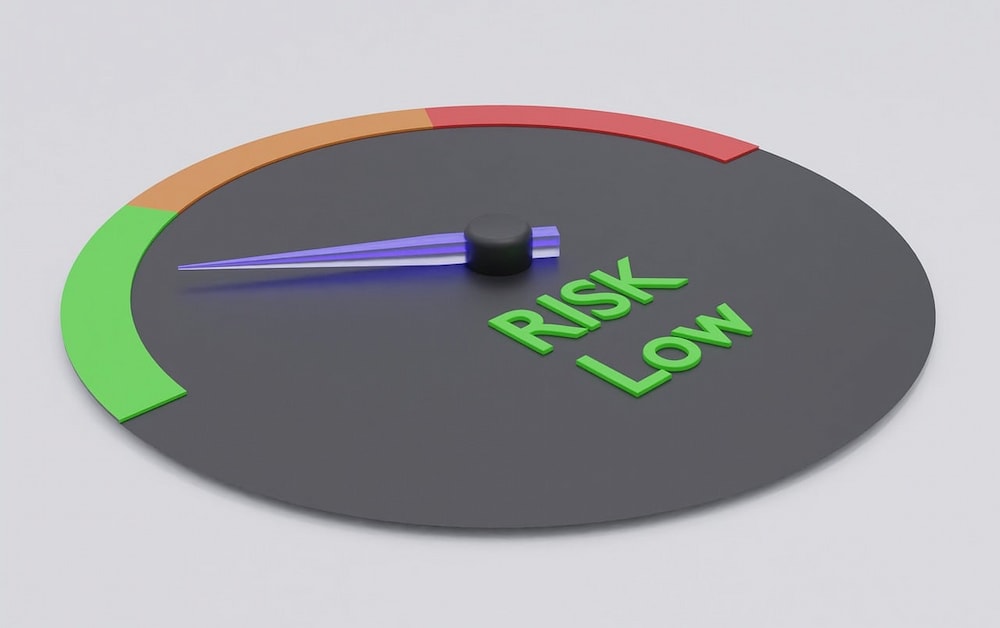
Justifying Security Investments Through Risk Quantification
One of the key benefits of privacy risk quantification is its ability to justify security investments. By quantifying privacy risks in financial terms, organizations can demonstrate the potential return on investment (ROI) of implementing additional security measures. This financial analysis helps business leaders understand the importance of investing in privacy and cybersecurity and supports the allocation of resources to areas with the highest risk exposure.
Prioritizing Security Controls Based on Quantified Risks
Quantifying privacy risks allows organizations to prioritize their security controls based on the potential impact of different risk scenarios. By focusing on the areas with the highest quantified risks, organizations can allocate resources more effectively and ensure that their security investments provide the greatest value. This risk-based approach to security investments helps organizations maximize the effectiveness of their privacy and cybersecurity efforts while minimizing the potential consequences of privacy breaches.
Leveraging Historical Data and Quantitative Data for Risk Quantification
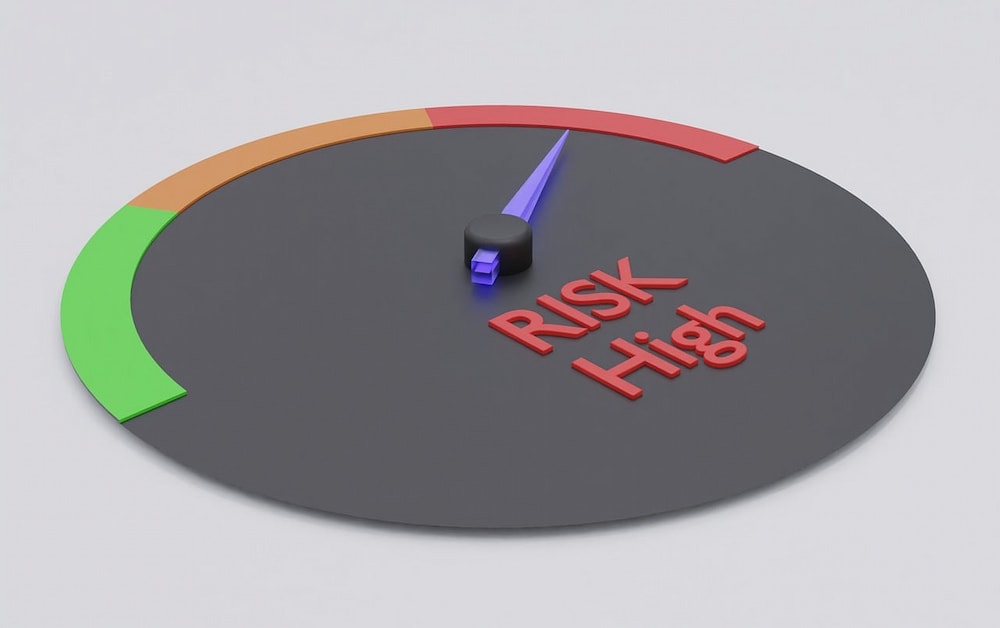
The Role of Historical Data in Privacy Risk Quantification
Historical data plays a crucial role in privacy risk quantification by providing a basis for estimating the likelihood and impact of future risk events. By analyzing past data breaches, security incidents, and privacy violations, organizations can identify trends and patterns that inform their risk assessments. This historical analysis is essential for developing accurate risk profiles and ensuring that privacy risk quantification efforts are grounded in real-world data.
Collecting and Processing Quantitative Data
In addition to historical data, organizations must collect and process quantitative data to support their privacy risk quantification efforts. This data includes information on the frequency and severity of past incidents, the effectiveness of existing security measures, and the potential impact of new threats. By leveraging quantitative data, organizations can develop more accurate risk assessments and ensure that their privacy risk management strategies are based on reliable information.
Implementing Risk Mitigation Strategies Based on Quantified Risks

Developing Targeted Risk Mitigation Strategies
Once privacy risks have been quantified, organizations can develop targeted risk mitigation strategies to address the identified risks. These strategies may include implementing additional security controls, enhancing data encryption, improving access controls, or investing in cyber insurance coverage. By focusing on the areas with the highest quantified risks, organizations can ensure that their risk mitigation efforts are effective in reducing the potential impact of privacy breaches.
Monitoring the Effectiveness of Risk Mitigation Strategies
After implementing risk mitigation strategies, organizations must continuously monitor their effectiveness in reducing privacy risks. This ongoing monitoring involves regularly reviewing risk scenarios, updating risk matrices, and assessing the impact of new threats on the organization’s risk profile. By regularly reviewing and adjusting their risk mitigation strategies, organizations can ensure that they remain effective in managing privacy risks and protecting against potential breaches.
Conclusion
As the digital landscape continues to evolve, privacy risk quantification will play an increasingly important role in risk management. Organizations must stay ahead of emerging threats by continuously quantifying and reassessing their privacy risks. By integrating privacy risk quantification into their overall risk management strategies, organizations can ensure that they are prepared to respond to new challenges and protect their critical assets from potential breaches.
The future of privacy risk management will require organizations to adapt to new regulatory requirements, technological advancements, and evolving threats. By staying proactive in their privacy risk quantification efforts, organizations can ensure that they are well-prepared to face these challenges and continue to protect their privacy and security in an increasingly complex digital world.

